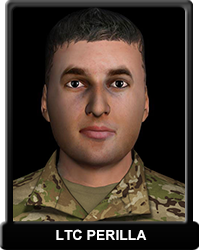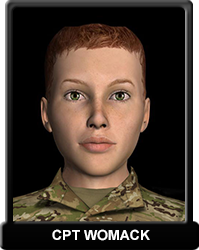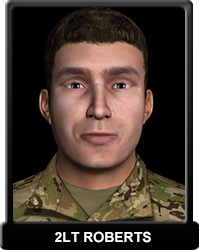Effective Communication Techniques
Effective communication can help enable learning and encourages subordinates to take reasonable risks, grow, and develop themselves. Select each technique in the interaction below to learn more about effective communication techniques.
Planning
Proactively planning what you’re going to communicate helps boost shared understanding, increase efficiency, and minimize wasted effort.
- Make your contribution as informative as is required for the current purposes of the exchange.
- Do not make your contribution more informative than is required.
Select the Soldier for an example of how one leader describes and uses this technique.
Conditions and Standards
Setting conditions and standards for communication within your unit helps ensure success that the message gets through.
- Set roles, norms, and responsibilities for those you communicate with.
Select the Soldier for an example of how one leader describes and uses this technique.
Credibility
You must establish your credibility to be an effective communicator.
- Do not say what you believe to be false.
- Do not say that for which you lack adequate evidence.
Select the Soldier for an example of how one leader describes and uses this technique.
Clarity
Convey your thoughts directly and clearly.
- Be relevant.
- Avoid obscurity of expression.
- Avoid ambiguity.
- Be brief.
- Be orderly.
Select the Soldier for an example of how one leader describes and uses this technique.
Active Listening
Take the time to actively listen to your Soldiers, which means take steps to help them achieve an understanding.
- Do not interrupt the speaker.
- Paraphrase the speaker's words.
- Observe the speaker's behavior and body language.
- Note not only the content of the message but the feeling or attitude underlying the content.
Select the Soldier for an example of how one leader describes and uses this technique.




